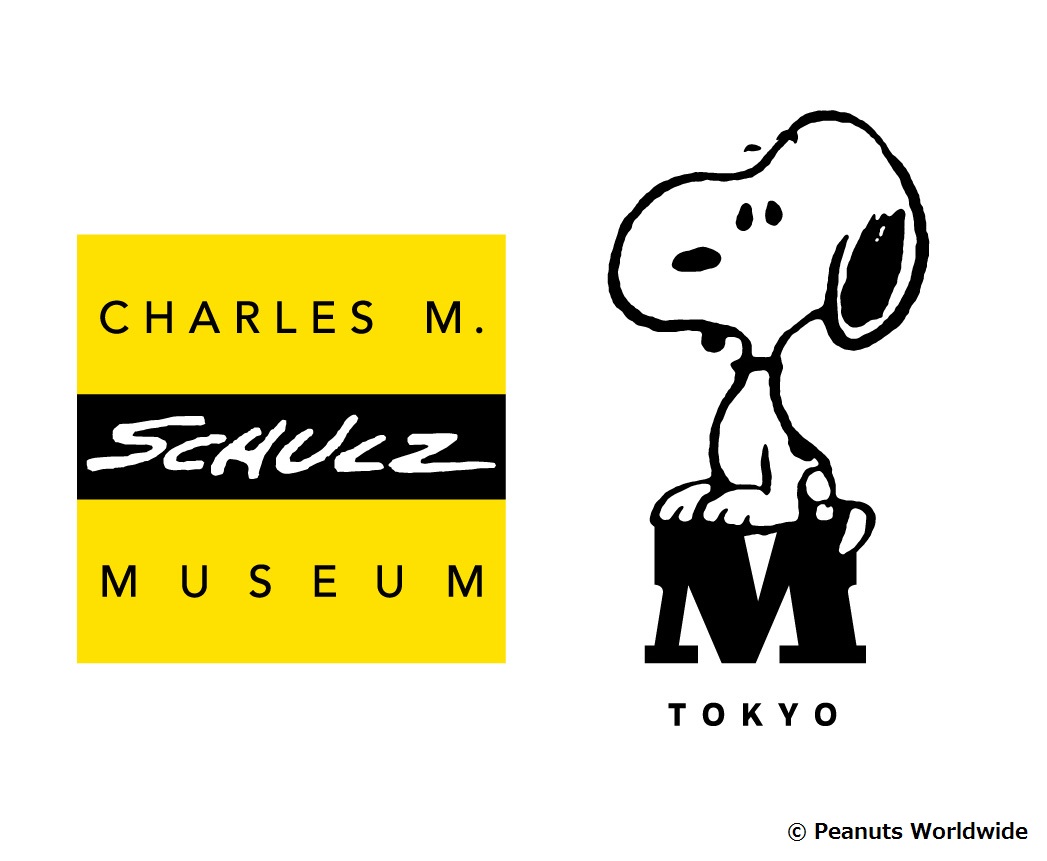
Many of the Peanuts characters were inspired by real people and events. Snoopy balloon at the Macy’s Thanksgiving Day Parade.

By 1999, some 20,000 different new products featuring members of the Peanuts gang were being marketed every year. In 1958, the first plastic toy dolls of Charlie Brown, Snoopy and other Peanuts characters were produced, launching a massive flow of Peanuts merchandise ranging from greeting cards to pajamas. Schulz was also named Outstanding Cartoonist of the Year. Eventually, the strip was syndicated to more than 2,600 newspapers around the globe and read by more than 350 million people in 75 countries. That first year, the comic strip came in last place in the New York World Telegram’s reader survey of cartoons however, a book of Peanuts reprints helped the strip gain a larger audience. When Peanuts made its October 1950 debut, it was published in seven U.S. Due to worries about potential copyright infringement, the syndicate opted to rechristen Schulz’s comic strip Peanuts, likely after the Peanut Gallery where the live audience of kids sat on “The Howdy Doody Show.” Even after Peanuts became hugely successful, Schulz said he never liked the name and wanted to call the strip “Good Old Charlie Brown.” In 1950, Schulz sold “Li’l Folks” to the United Feature Syndicate after being turned down by other syndication companies. Paul Pioneer, started publishing a weekly comic panel he’d created called “Li’l Folks,” which featured the forerunners of the Peanuts characters. In 1947, one of Schulz’s local newspapers, the St. (Credit: Fotos International/Getty Images)Ģ.


Charlie Brown, and Linus stand in a line in a drawing from the Charles Schultz, 1968.


 0 kommentar(er)
0 kommentar(er)
